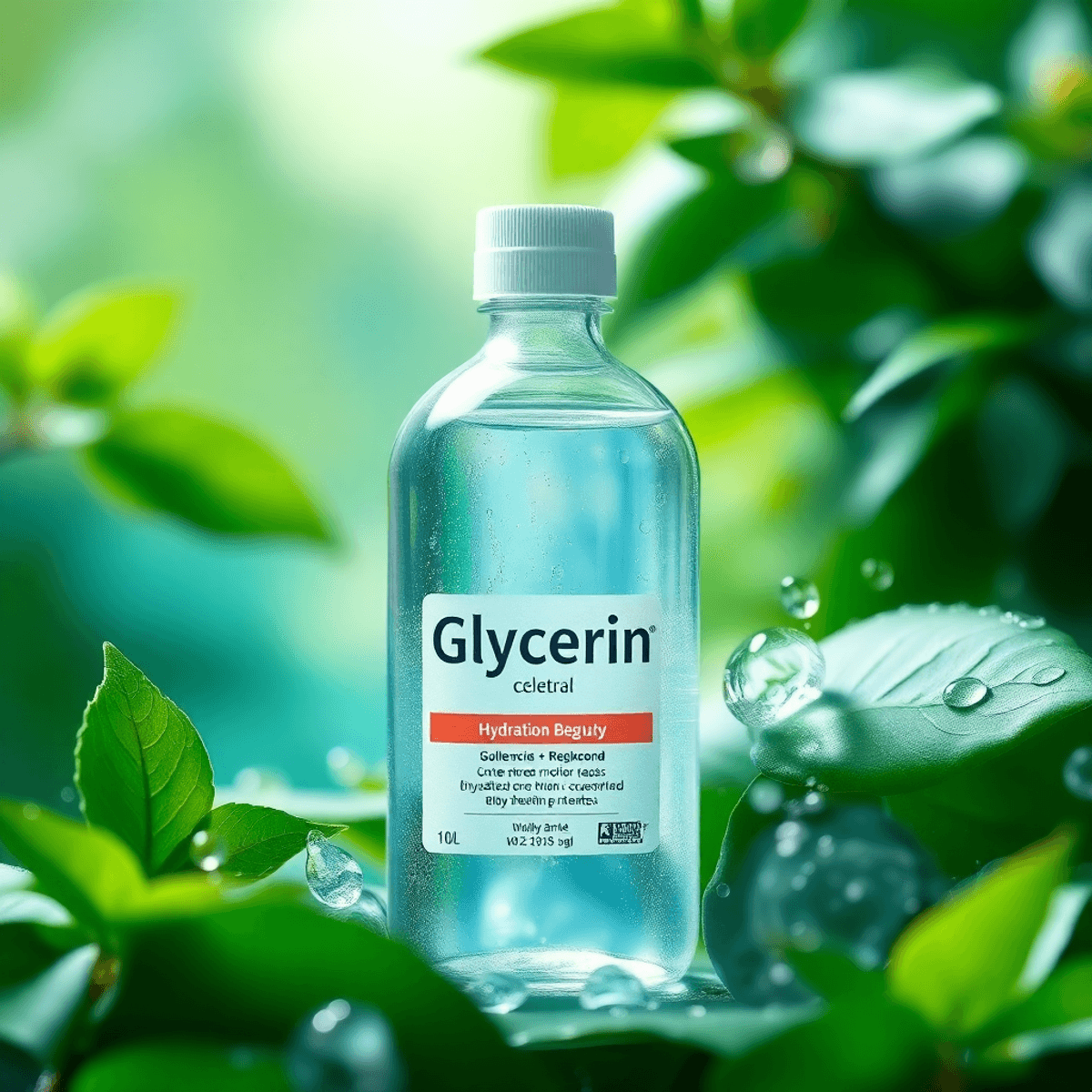Why Ethyl Salicylate is the Go-To Analgesic for Pain Relief

Introduction
Ethyl salicylate is gaining attention as a highly effective analgesic for pain relief. Known for its medicinal and aromatic properties, this compound is derived from ethanol and salicylic acid. It is commonly utilised in topical pain relief products, offering consumers a non-invasive option for managing discomfort.
The popularity of ethyl salicylate has surged with its inclusion in over-the-counter formulations like creams, gels, and ointments. These products cater to individuals seeking immediate and localised relief from pain, particularly in cases of musculoskeletal discomfort and arthritis.
This article explores why ethyl salicylate stands out as a go-to analgesic for pain management. You will learn about its chemical properties, mechanism of action, comparative efficacy, safety profile, and practical applications. Whether you're dealing with chronic conditions or just looking for effective pain management solutions, understanding the benefits of ethyl salicylate can be invaluable.
In fact, the For effective pain relief, you might want to explore options specifically designed for back pain relief. that utilises ethyl salicylate is designed to help relieve back, joint and muscle pain while reducing inflammation. This product is part of a larger range of natural pain relief solutions offered by 1936 Original, which includes skincare products for conditions like eczema and psoriasis. All these products are made in Italy with 95% natural ingredients sourced from the EU.
Understanding Ethyl Salicylate
Ethyl salicylate is a fascinating compound with unique properties, stemming from its chemical structure. It is derived from the combination of ethanol and salicylic acid, forming an ester known for its distinct aromatic profile and therapeutic benefits. The chemical composition of ethyl salicylate includes a phenolic hydroxyl group, contributing to its activity as an analgesic.
Chemical Structure
C9H10O3, showcasing the combination of ethanol and salicylic acid.
As part of the salicylate family, ethyl salicylate shares common characteristics with other salicylates, such as acetylsalicylic acid (aspirin). This classification is crucial in understanding its role in pain management. Salicylates are renowned for their ability to alleviate pain and reduce inflammation, making them indispensable in both systemic and topical formulations.
The significance of ethyl salicylate in pain management lies in its effectiveness when applied locally. Unlike systemic analgesics, topical application allows it to act directly on the affected area, minimising systemic side effects. This targeted approach enhances its appeal for addressing musculoskeletal discomfort and other localised pain conditions.
How Ethyl Salicylate Works as an Analgesic
Ethyl salicylate's effectiveness as an analgesic lies in its unique mechanism of action. It primarily targets the inhibition of cyclooxygenase enzymes, specifically COX-1 and COX-2. These enzymes play a crucial role in the formation of prostaglandins, which are lipid compounds that contribute to inflammation and pain sensations. By inhibiting COX enzymes, ethyl salicylate effectively reduces the production of prostaglandins, thereby alleviating pain and reducing inflammation.
This analgesic compound also employs a counter-irritant mechanism, providing relief through local vasodilation. When applied topically, ethyl salicylate causes blood vessels in the affected area to dilate slightly. This increased blood flow not only helps to disperse inflammatory chemicals but also enhances tissue oxygenation and nutrient delivery, contributing to the sensation of relief from pain.
In essence, the dual action of reducing prostaglandin production and promoting local blood flow makes ethyl salicylate a potent option for managing localised pain. This combination of actions underscores its widespread use in topical formulations aimed at providing effective relief for conditions like musculoskeletal discomfort and arthritis.
Uses of Ethyl Salicylate in Pain Management
Ethyl salicylate is a versatile compound widely used in various topical forms to alleviate pain. Creams, gels, and ointments are some of the most common formulations containing ethyl salicylate. These products are designed for easy application on the skin, providing targeted relief for localised pain conditions.
Musculoskeletal Pain Relief
For those suffering from musculoskeletal pain, ethyl salicylate offers effective analgesic properties. Its ability to inhibit cyclooxygenase enzymes makes it particularly beneficial for reducing inflammation and discomfort associated with muscle and joint pain. This compound is also frequently employed in the management of arthritis, where its anti-inflammatory action helps ease stiffness and improve mobility.
Targeted Pain Relief
The topical application of ethyl salicylate ensures that the analgesic effects are concentrated at the site of pain, enhancing efficacy while minimising systemic exposure. This localised treatment approach is why ethyl salicylate is an effective analgesic for various pain conditions, offering a non-invasive solution for individuals seeking relief from day-to-day aches or chronic discomfort.
Popular Over-the-Counter Choice
Commonly found in over-the-counter products, ethyl salicylate continues to be a popular choice among consumers looking for reliable pain management options. Its diverse applications in creams, gels, and ointments provide flexible solutions tailored to individual needs.
Comparative Efficacy: Ethyl Salicylate vs Other Pain Relief Methods
When comparing topical salicylates like ethyl salicylate to other pain relief methods, several factors highlight their unique benefits.
1. Topical Salicylates vs NSAIDs
Nonsteroidal anti-inflammatory drugs (NSAIDs) are well-known for systemic pain relief through oral or topical applications. While effective, they may pose risks such as gastrointestinal issues when ingested. Topical salicylates offer localised relief with potentially fewer systemic side effects, making them a popular choice for those seeking targeted pain management.
2. Rubefacients vs Capsaicin
Rubefacients, which include ethyl salicylate, work by increasing blood flow to the applied area, producing a warming sensation that can alleviate pain. Capsaicin, derived from chilli peppers, provides pain relief by depleting substance P, a neuropeptide associated with transmitting pain signals. Ethyl salicylate might be preferred by individuals sensitive to capsaicin's intense heat and initial discomfort.
These comparisons underscore ethyl salicylate's role as an effective and user-friendly option in topical pain management strategies.
Clinical Evidence Supporting Ethyl Salicylate's Effectiveness as an Analgesic
Clinical trials have consistently highlighted the pain-relieving effectiveness of ethyl salicylate, particularly in the area of topical pain relief. These studies often use placebo-controlled designs, ensuring a thorough evaluation of the compound's true therapeutic benefits.
1. Placebo-Controlled Studies
Research has shown that patients using ethyl salicylate-based formulations experience significant reductions in pain compared to placebo groups. This underscores its potential as a reliable option for managing localised discomfort.
2. Analgesic Efficacy
The data from these trials reveal that ethyl salicylate is effective in alleviating musculoskeletal pain and arthritis-related symptoms. Users report noticeable improvements in pain intensity and mobility, with effects typically observed within 15 to 30 minutes post-application.
A notable example includes a study where participants suffering from chronic joint pain demonstrated marked improvement following regular application of an ethyl salicylate topical cream. Such evidence supports its continued use and exploration as a go-to pain reliever in over-the-counter products.
Ethyl salicylate's role in pain management is further validated by these findings, providing a foundation for its widespread acceptance among consumers seeking alternative or complementary pain relief solutions.
Safety Profile and Side Effects of Ethyl Salicylate Use in Pain Management
When considering the use of ethyl salicylate as an analgesic, understanding potential adverse events is crucial. Common side effects include skin irritation and allergy reactions. Users may experience redness, itching, or a burning sensation upon application, particularly those with sensitive skin.
The overall safety profile of ethyl salicylate remains favourable based on clinical data. This compound is generally well-tolerated when used in recommended amounts. Allergic reactions are relatively rare, but individuals with known sensitivities to salicylates should exercise caution.
Clinical studies reinforce the notion that while ethyl salicylate is an effective analgesic, potential skin irritants should not be overlooked. Healthcare providers often recommend performing a patch test before extensive use to mitigate risks.
By balancing effectiveness against possible side effects, ethyl salicylate continues to be a compelling choice for those seeking topical pain relief.
Practical Applications: Everyday Use of Ethyl Salicylate in Over-the-Counter Products for Pain Relief
Ethyl salicylate is a key ingredient in many popular over-the-counter products, making it an accessible choice for pain relief. Aspercreme and Bengay are two well-known brands that incorporate ethyl salicylate in their formulations. These products are designed to provide targeted relief for conditions like muscle aches, arthritis, and back pain.
Consumer preferences lean towards non-invasive pain relief options, with topical analgesics gaining traction due to their ease of use and localised effects. Users appreciate the ability to apply these creams or gels directly to the affected area, avoiding systemic side effects often associated with oral medications.
Topical applications ensure that ethyl salicylate acts locally, offering a convenient solution for those seeking immediate relief without the complexities of prescription medications. This trend highlights the growing demand for effective and user-friendly pain management solutions available at your local pharmacy.
Conclusion: The Future of Ethyl Salicylate as a Preferred Pain Reliever
Ethyl salicylate is already known to be effective for pain relief, but its potential goes beyond what we currently use it for. Future studies may help us understand how it works, allowing us to create better versions of it that work more effectively. This compound could also inspire the creation of new topical pain relievers, using its unique qualities to meet different pain management needs.
Improvements in delivery methods might make it easier for the body to absorb ethyl salicylate and for its effects to kick in quickly, making consumers happier. There is also potential for research into combining ethyl salicylate with other active ingredients to create even more powerful pain relief solutions. As more people seek out non-invasive treatments, ethyl salicylate is likely to play an important role in the future of pain management.
This discussion about what lies ahead emphasises why ethyl salicylate is still a top choice for relieving pain—its ability to adapt and serve various purposes guarantees its relevance in both current and future treatment plans.
FAQs (Frequently Asked Questions)
What is Ethyl Salicylate?
Ethyl salicylate is a compound known for its unique properties and effectiveness as an analgesic. It combines elements of ethanol and salicylic acid, making it a versatile option for pain relief.
How does Ethyl Salicylate work as an analgesic?
Ethyl salicylate's effectiveness as an analgesic lies in its ability to penetrate the skin and target pain at the source. Its topical application allows for localised relief, making it ideal for conditions like musculoskeletal pain.
What are the common uses of Ethyl Salicylate?
Ethyl salicylate is widely used in various over-the-counter products for pain management, particularly for musculoskeletal pain relief and targeted pain applications. It is commonly found in creams, gels, and ointments.
How does Ethyl Salicylate compare to other pain relief methods?
When comparing topical salicylates like ethyl salicylate to NSAIDs and rubefacients, studies show that ethyl salicylate can provide effective pain relief with fewer systemic side effects, making it a preferred choice for many individuals.
Is there clinical evidence supporting the effectiveness of Ethyl Salicylate?
Yes, clinical trials have consistently highlighted the analgesic efficacy of ethyl salicylate. Placebo-controlled studies indicate significant pain relief among patients using ethyl salicylate-based products compared to those receiving placebo treatments.
What is the safety profile of Ethyl Salicylate?
Ethyl salicylate is generally considered safe when used as directed. However, like any medication, it may have side effects. It is important to follow usage guidelines and consult a healthcare professional if any adverse reactions occur.












